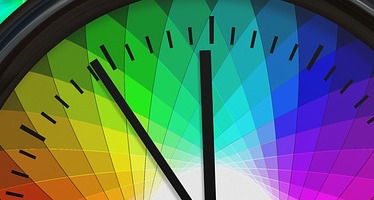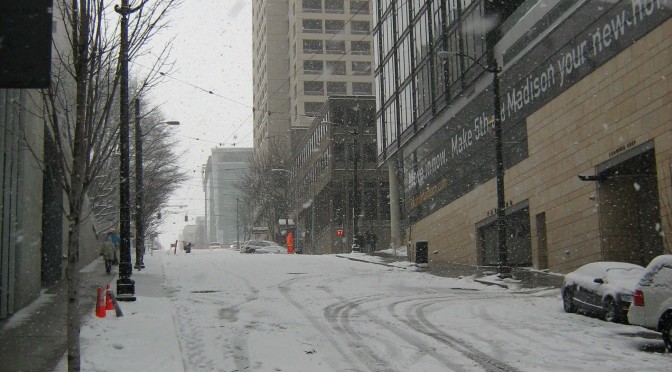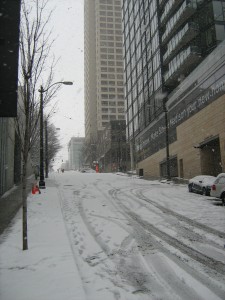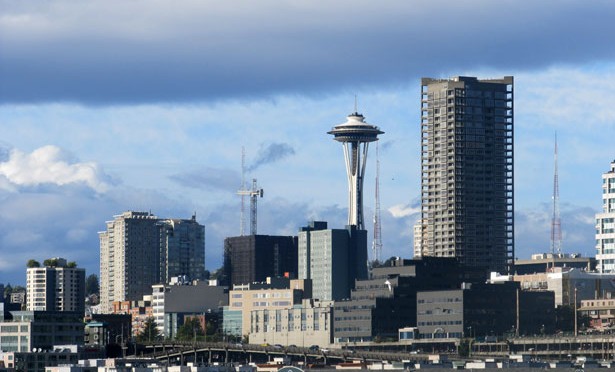
As we close the books on 2015, the team at RainBank would like to thank our colleagues, customers, suppliers and strategic partners for a year that exceeded our expectations for residential and commercial interest in rainwater harvesting for potable and non-potable applications. We’d like to share with you some of our highlights for the year:
In March we shared how architectural and engineering firms are including rainwater collection systems in their designs. Government agencies are beginning to understand the connection between stormwater management and rainwater collection. Read more…
As such, we wrote about how building designers and owners are showcasing their commitment to conservation, and incorporating functionality with aesthetics, in turn, this practice furthers customer and general public interest in conservation and rainwater collection, creating even more public awareness of the need for conservation and sustainable living practices. Read more…
RainBank has completed so many steel tank builds, we’ve created a gallery of these beauties. Click here to view.
Whether you’re considering a potable, or non-potable system, storage is always a big decision in the design and installation of a rainwater harvesting system. Click here to read more about the types of storage vessels available.
We get so many inquiries about whether or not rainwater collection is legal in the Seattle area, so we shared this post to help clear up confusion.
As RainBank grows, we have added services to make us your one-stop-shop for quality advice and products for and about rainwater harvesting systems. Here is our blog post announcing the launch of our shopping cart. We will be adding more products in 2016.
As we say goodbye to 2015, RainBank will continue developing strategic relationships with colleagues and suppliers. We want to be YOUR go-to expert for consulting, design, installation and high quality rainwater harvesting products that will keep your system running for many years.
Water is a basic human right; we value that. We wish you a happy, healthy and safe 2016 and we look forward to working with you in the future.



 With the cold weather upon us, many rainwater systems need to be winterized.
With the cold weather upon us, many rainwater systems need to be winterized.
 Supplementary whole-house use of rainwater in an urban environment is more complex than collecting for potable use in a rural environment. In a rural environment, there is typically more room for storage, allowing the homeowner to store more water than that in an urban setting.
Supplementary whole-house use of rainwater in an urban environment is more complex than collecting for potable use in a rural environment. In a rural environment, there is typically more room for storage, allowing the homeowner to store more water than that in an urban setting.